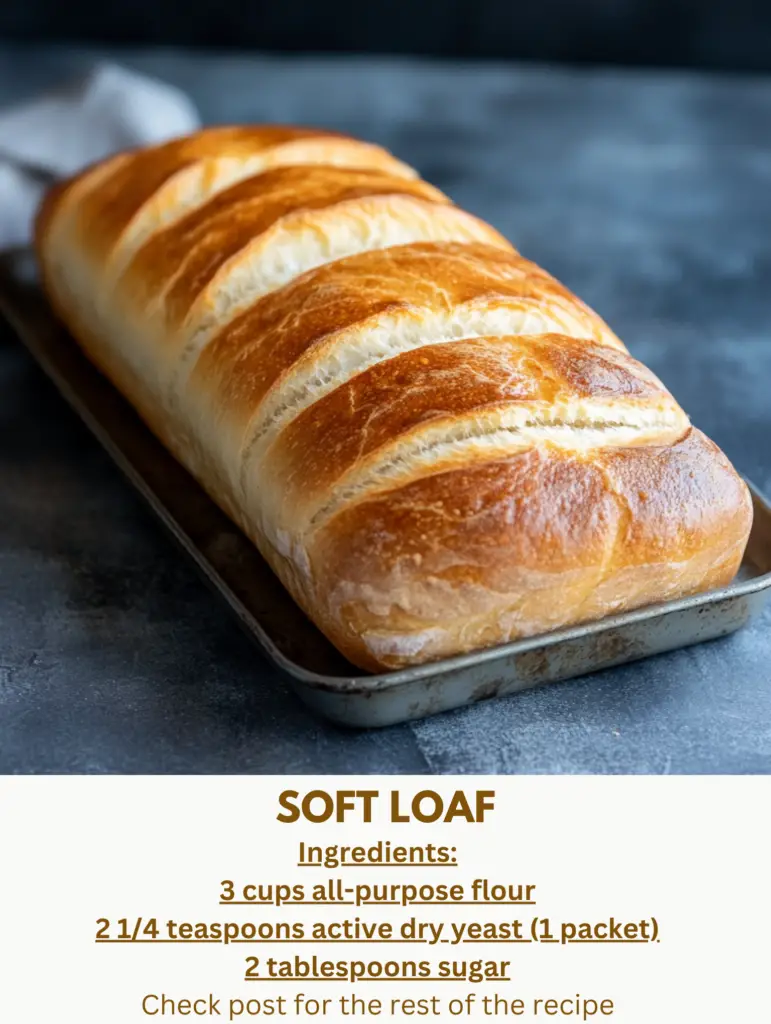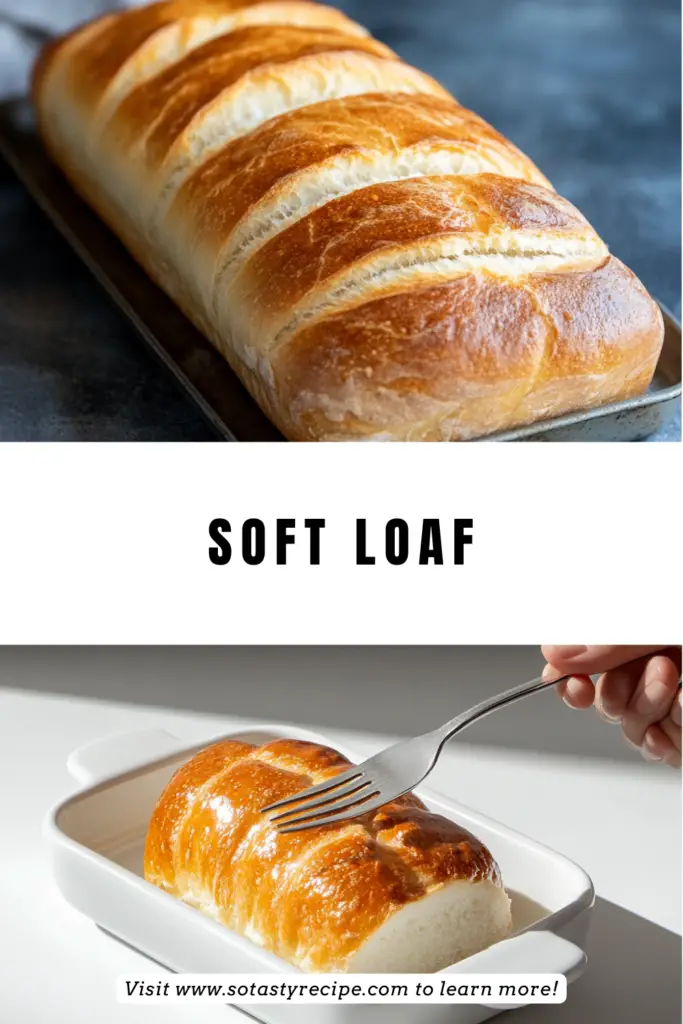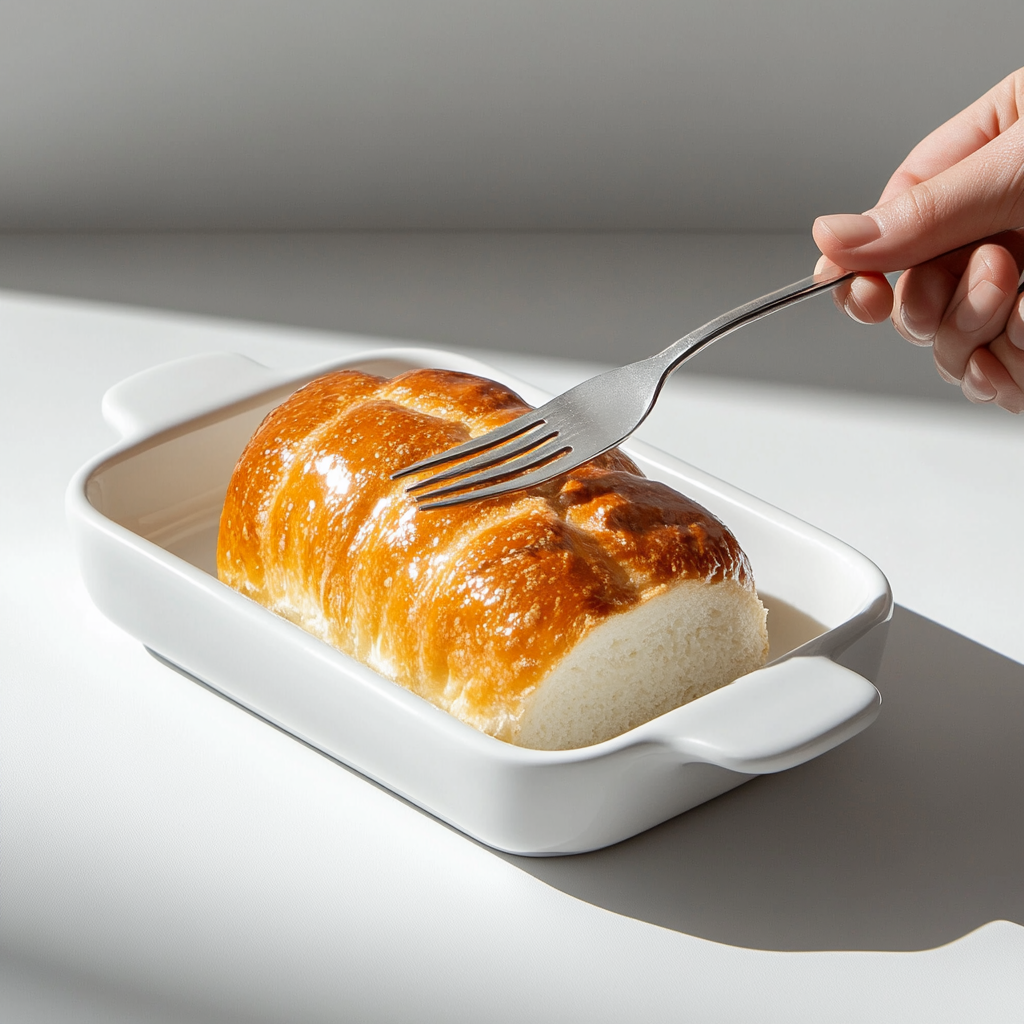A soft loaf is a staple in many households, known for its fluffy texture and delicious taste. This guide will walk you through everything you need to know about making the perfect loaf, from ingredients to techniques and storage.
What Is a Soft Loaf?
A soft loaf is a type of bread characterized by its airy crumb and delicate crust. Unlike crusty artisanal loaves, this bread remains tender due to specific ingredients and baking methods. It is often used for sandwiches, toast, or as a side to soups and stews.
The History of Soft Loaf Bread
The origins of soft loaf bread date back centuries. Early civilizations baked bread over open fires, but modern techniques have refined the process, incorporating new ingredients like butter, milk, and eggs to create the signature softness we love today.

Why a Soft Loaf Is Popular
Soft loaves are versatile, making them a favorite in many cultures. Their popularity stems from:
- Ease of preparation – Requires minimal effort compared to complex bread recipes.
- Versatility – Can be used for sandwiches, toast, or paired with meals.
- Comforting texture – Light and fluffy, making every bite enjoyable.
Key Ingredients for a Soft Loaf
The ingredients used in a soft loaf play a crucial role in achieving its texture. Here’s what you need:
- Flour – Bread flour works best due to its higher protein content.
- Yeast – Active dry yeast or instant yeast ensures a good rise.
- Milk – Adds moisture and enhances softness.
- Butter or Oil – Helps tenderize the crumb.
- Sugar – Feeds the yeast and adds a slight sweetness.
- Salt – Enhances flavor and controls fermentation.
Step-by-Step Guide to Making a Soft Loaf
1. Preparing the Dough
- Activate the Yeast – Mix yeast with warm milk and sugar, letting it foam.
- Combine Dry Ingredients – In a bowl, mix flour and salt.
- Mix the Dough – Add the yeast mixture and butter, kneading until smooth.
2. First Rise
- Cover the dough and let it rise in a warm place for about 1-2 hours until doubled in size.
3. Shaping and Second Rise
- Punch down the dough and shape it into a loaf.
- Let it rise in a greased loaf pan for another 45 minutes.
4. Baking
- Preheat oven to 375°F (190°C).
- Bake for 25-30 minutes until golden brown.
- Let it cool before slicing.
Tips for Keeping Your Bread Soft
- Store in an airtight container.
- Add a small dish of water in the oven while baking to retain moisture.
- Use enriched dough with milk and butter for extra tenderness.
Common Mistakes to Avoid
- Over-kneading – Can lead to a dense loaf.
- Too much flour – Makes the dough dry.
- Skipping the second rise – Affects texture and flavor.
Variations of Soft Loaf Bread
- Whole Wheat Soft Loaf – Substitute half the flour with whole wheat flour.
- Honey Butter Loaf – Add honey and increase butter for a richer taste.
- Milk Bread – Use condensed milk for extra softness.
Best Ways to Enjoy a Soft Loaf
A soft loaf pairs well with:
- Jam and butter for a quick breakfast.
- Grilled cheese sandwiches for a comforting meal.
- Dipping in soups and stews for a hearty addition.

Frequently Asked Questions
What is the secret to soft homemade bread?
Using ingredients like milk, butter, and sugar helps maintain softness. Proper kneading and rising are also key.
What is the soft part of a loaf?
The interior crumb is the softest part, created by the right balance of hydration and fermentation.
What ingredient makes bread soft and keeps it from drying out too fast?
Milk, butter, and sugar help retain moisture and prevent drying.
Which of the following is used to make bread soft and its purpose?
Yeast is essential for leavening, while fats and sugars contribute to tenderness.
Storing and Preserving Your Soft Loaf
To maintain freshness:
- Room Temperature: Store in a bread box or airtight bag for up to 3 days.
- Refrigeration: Not recommended as it can dry out the loaf.
- Freezing: Wrap slices individually and store for up to 3 months.
Suggested Recipes
For more savory recipes you can also check my friend Alicia’s blog here here.

